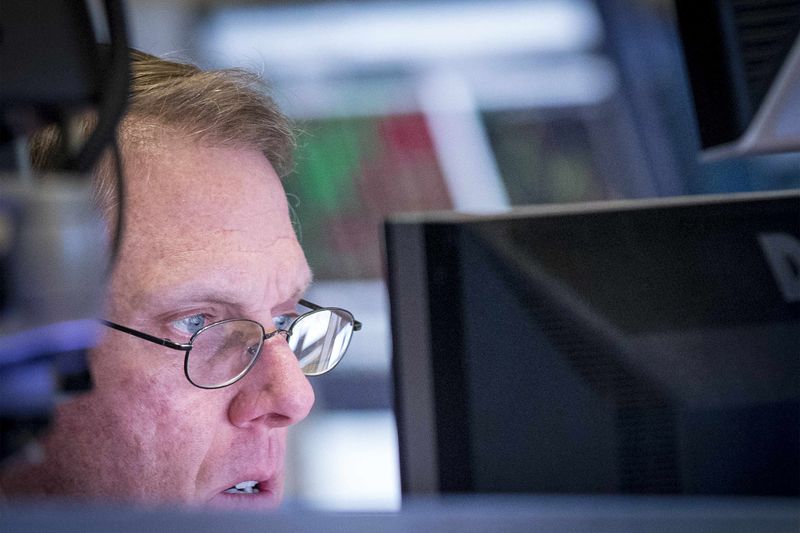Quiver Quantitative - In April, the pulse of U.S. business activity weakened, marking the slowest expansion in four months as demand diminished across sectors, according to the latest data from S&P Global. The Composite PMI Output Index, which tracks both manufacturing and services sectors, dipped to 50.9 from 52.1 in March. This cooling in activity has coincided with slightly eased inflation rates, despite a sharp rise in input costs, offering mixed signals to the Federal Reserve as it continues its battle against inflation. The detailed PMI data reveals a more pronounced slowdown in services than in manufacturing, with employment within these sectors experiencing its first decline since June 2020—a critical indicator for the Fed in assessing the broader economic landscape.
The data paints a picture of an economy that, while slowing, still shows resilience compared to global peers. However, this resilience is being tested by a series of aggressive interest rate hikes by the Federal Reserve—totaling 525 basis points since March 2022—to curb persistent inflation. Despite these efforts, recent economic indicators have given rise to concerns at the Fed about the efficacy of their measures, as inflation and employment rates have not cooled as anticipated. With the Fed’s next meeting looming, where rates are expected to hold steady, the central bank finds itself at a crossroads, needing to maintain a restrictive monetary policy longer than initially expected.
Market Overview: -U.S. business activity slowed in April, with a key purchasing managers' index (PMI) falling to a four-month low. -This suggests a potential economic slowdown in the second quarter, following a strong first quarter.
Key Points: -Both manufacturing and services sectors saw weaker growth, with employment declining for the first time since June 2020. -Inflation measures showed some mixed signals, with input prices remaining elevated but output prices and overall inflation easing slightly.
Looking Ahead: -The Federal Reserve will be closely monitoring these signs of economic cooling as they determine future interest rate hikes aimed at curbing inflation. -While the U.S. economy remains stronger than its global peers, concerns about the future outlook persist among businesses.
April’s survey highlighted a troubling decline in new orders for U.S. businesses, which fell below the growth threshold for the first time in six months. This contraction in demand is reflected across both the manufacturing and service sectors, with the manufacturing PMI slipping into contraction territory at 49.9. Additionally, input costs for manufacturers rose significantly, indicating persistent inflationary pressures despite the overall easing of price increases for goods and services. This situation suggests that while the Fed's rate hikes have moderated some inflationary pressures, other areas, particularly in manufacturing, continue to experience heightened costs.
The outlook remains cautious among U.S. businesses, with future output expectations hitting a five-month low due to ongoing concerns about economic conditions. As firms navigate these complex dynamics, the Federal Reserve’s upcoming decisions will be critical in shaping the economic trajectory in the months ahead. While some relief from inflation is evident, the mixed nature of the economic signals poses a significant challenge for policy makers aiming to stabilize growth without triggering further disruptions.
This article was originally published on Quiver Quantitative
